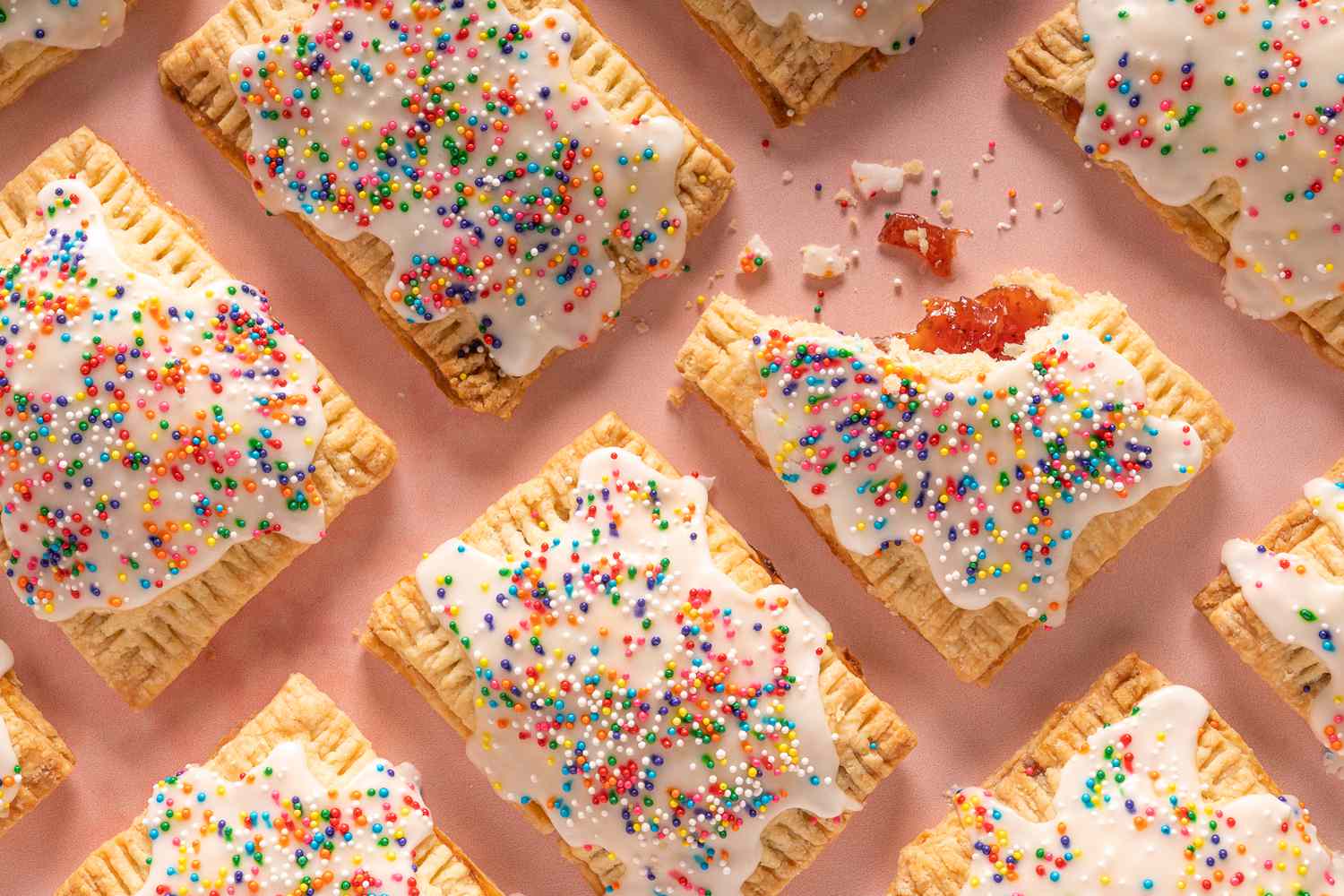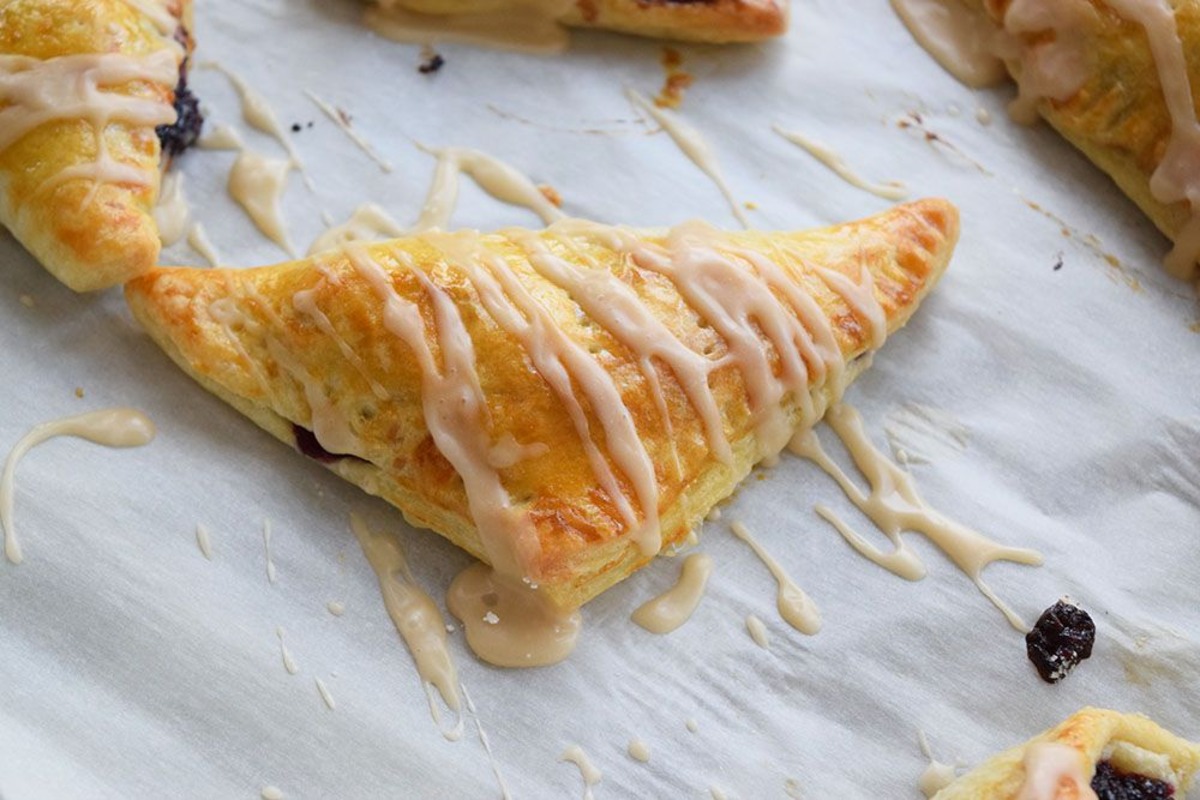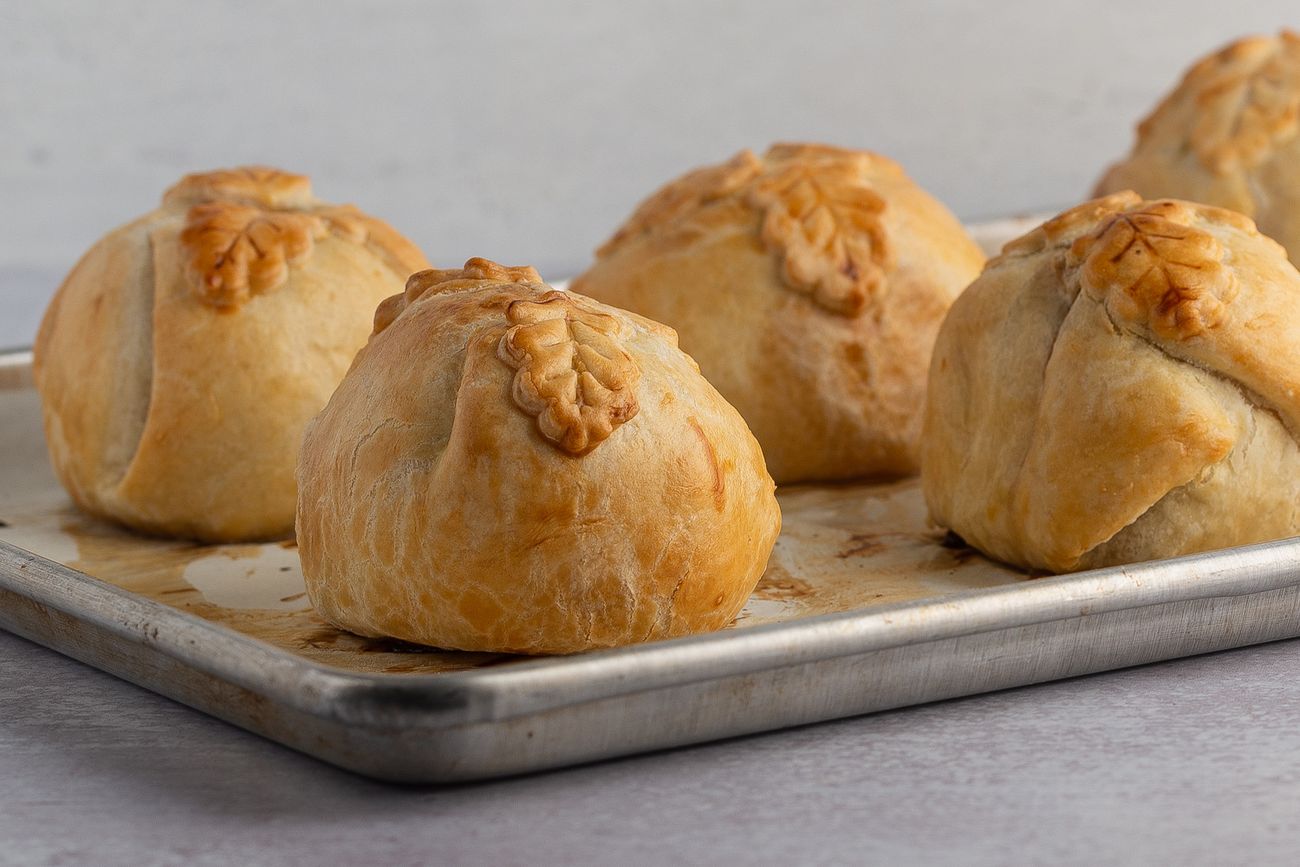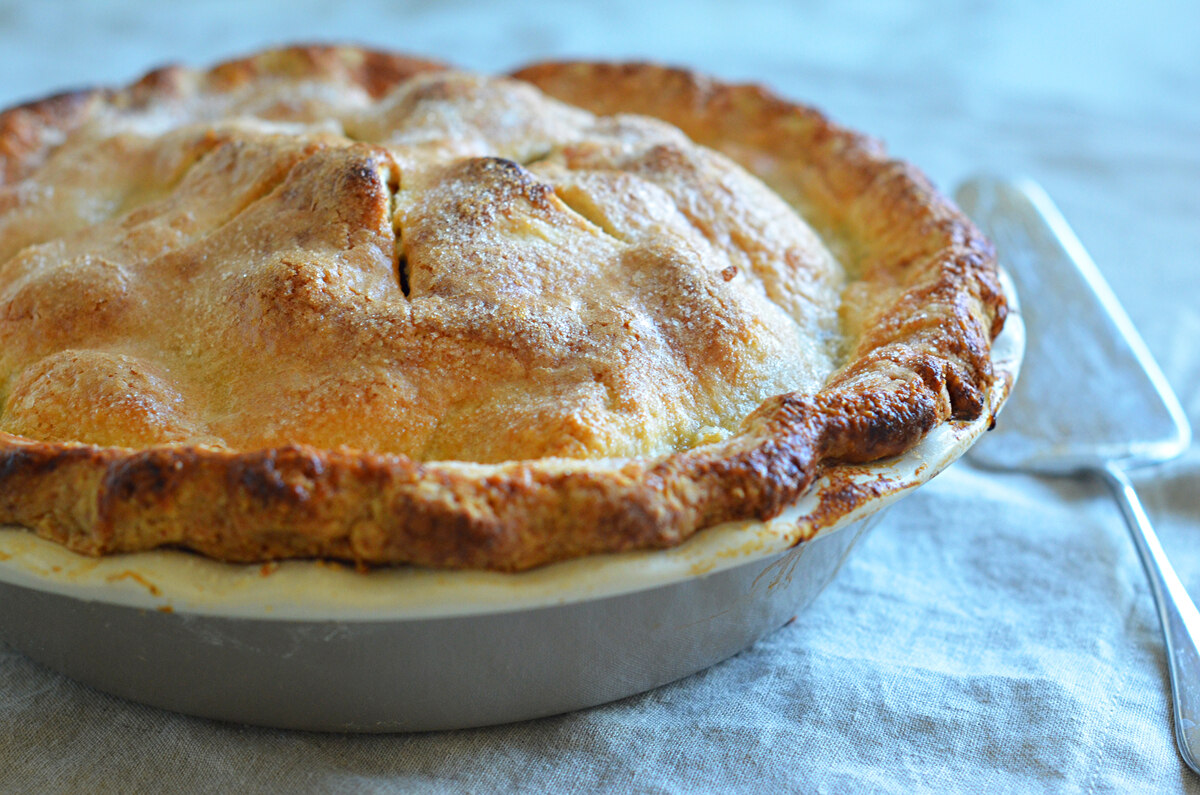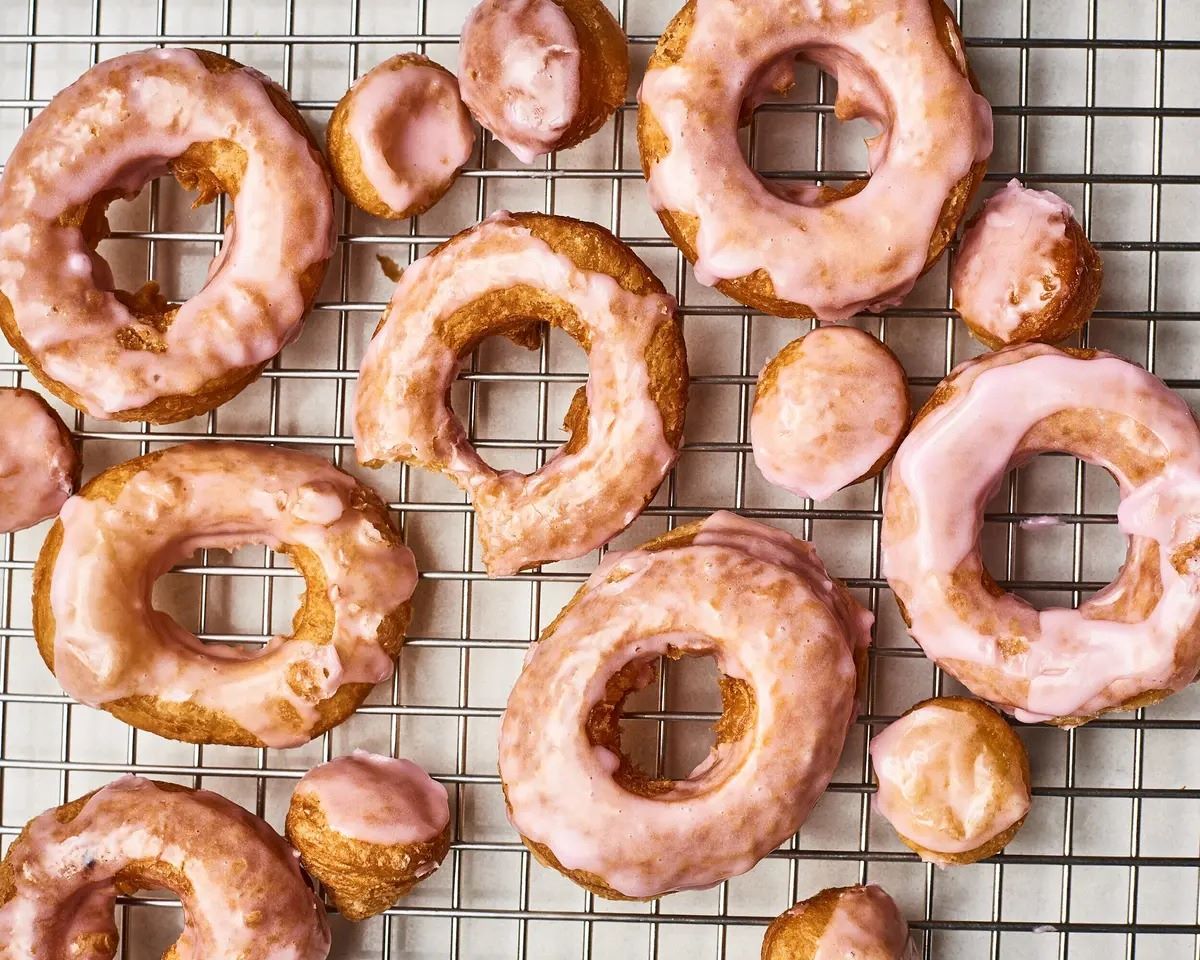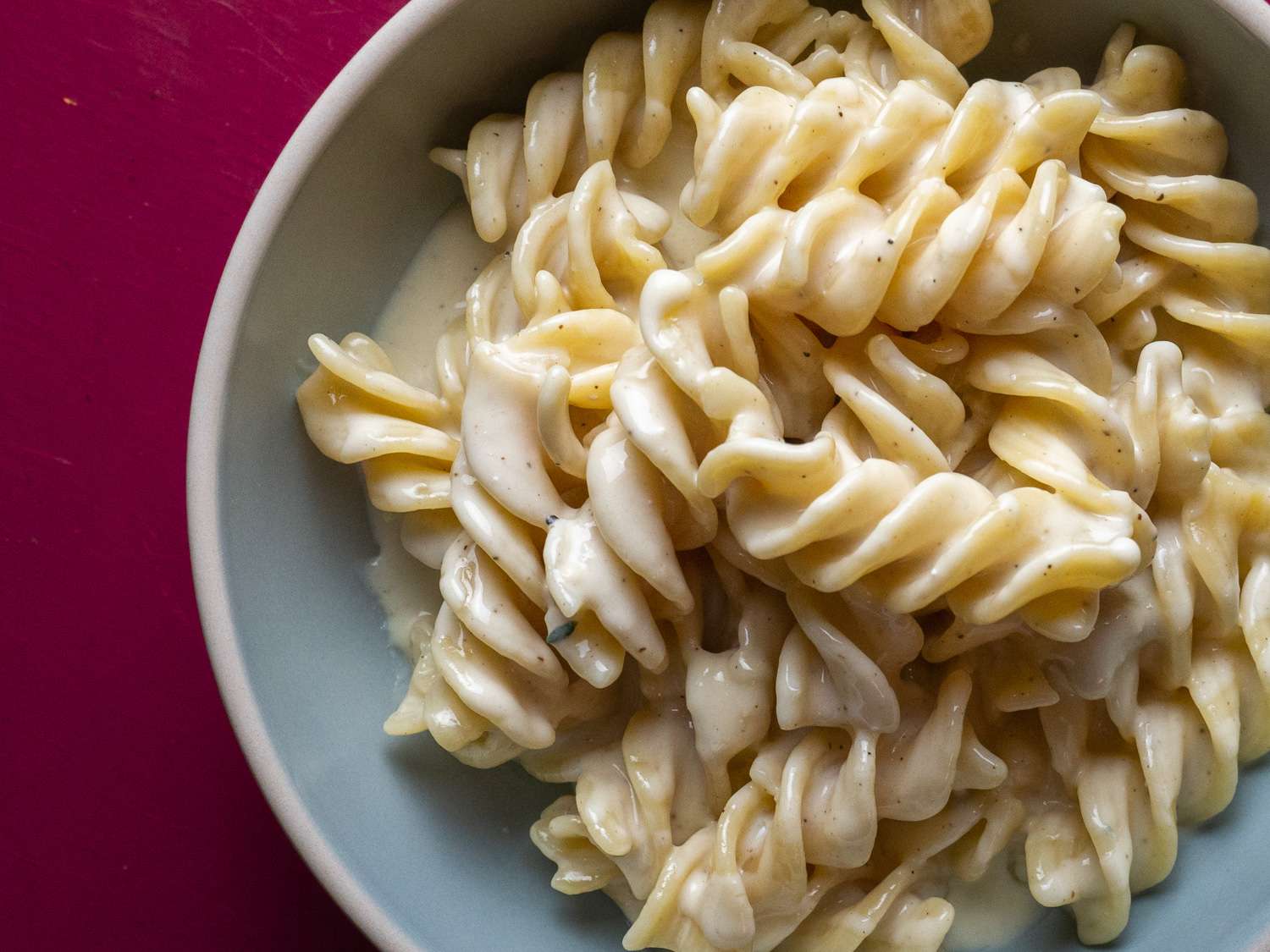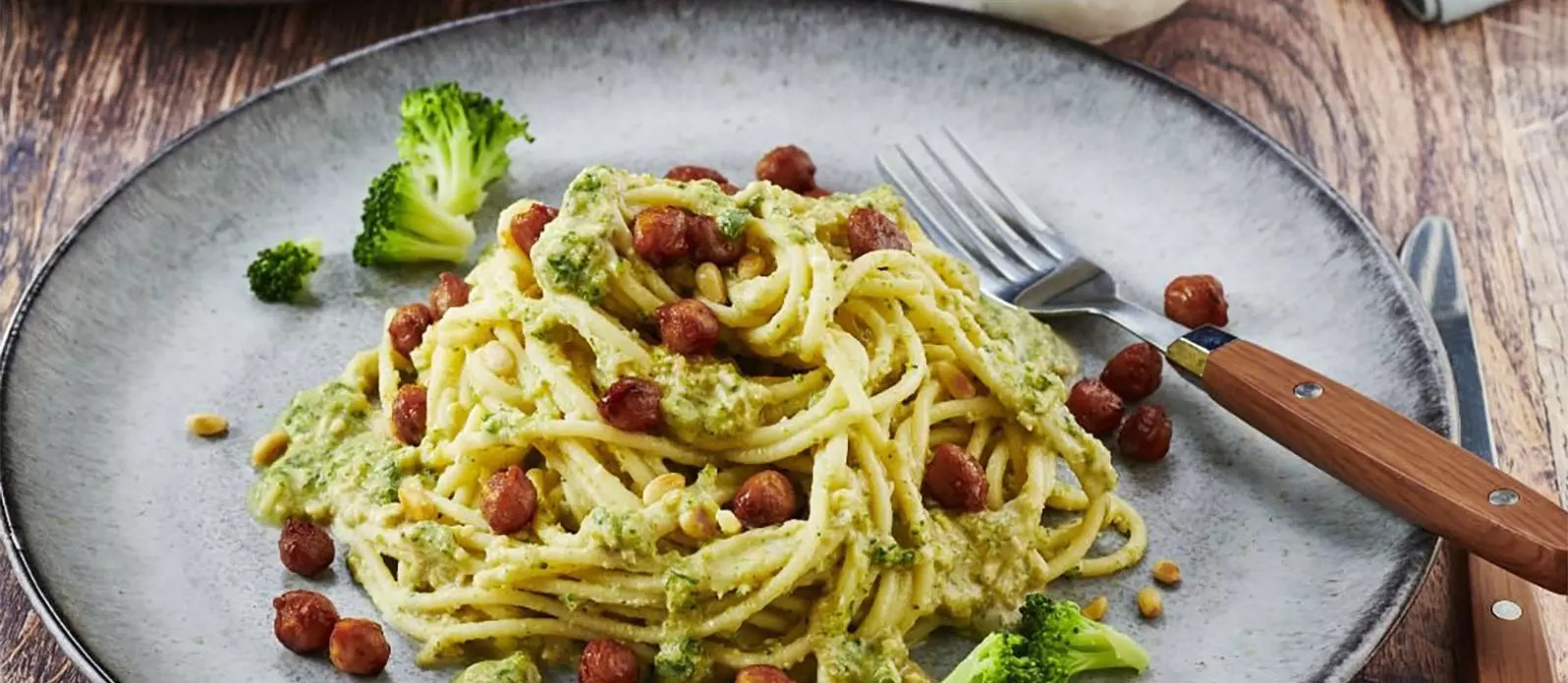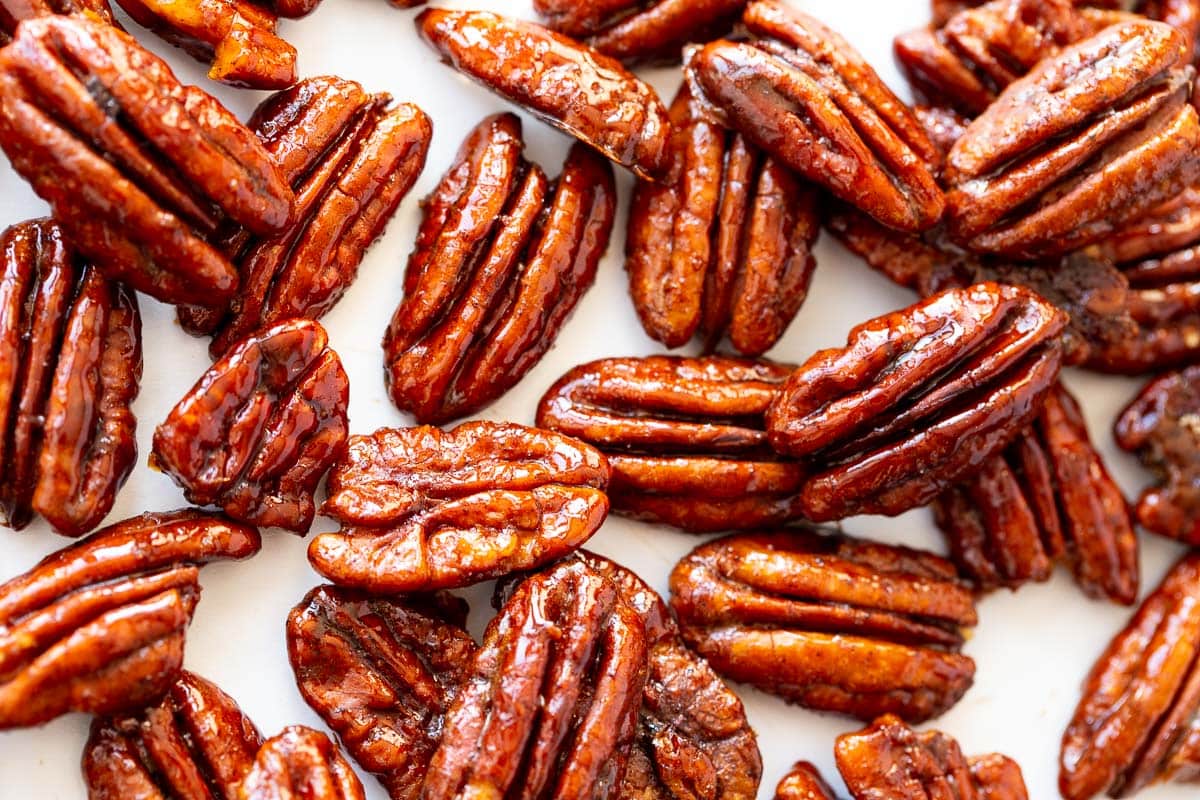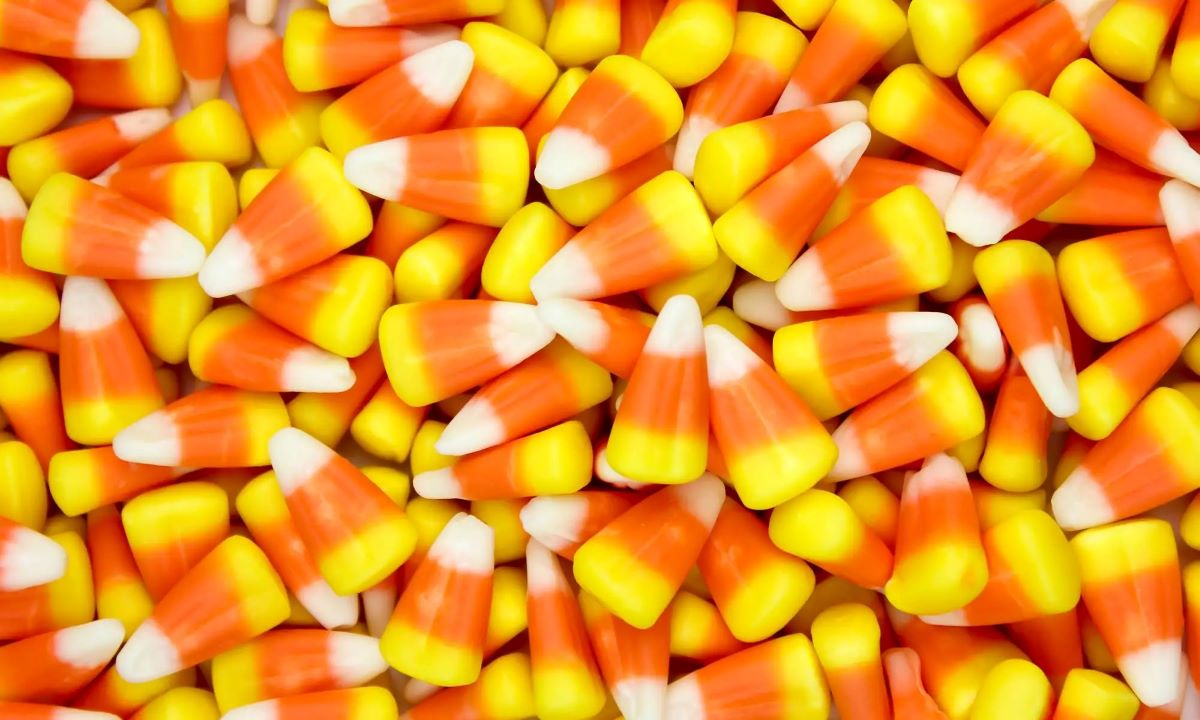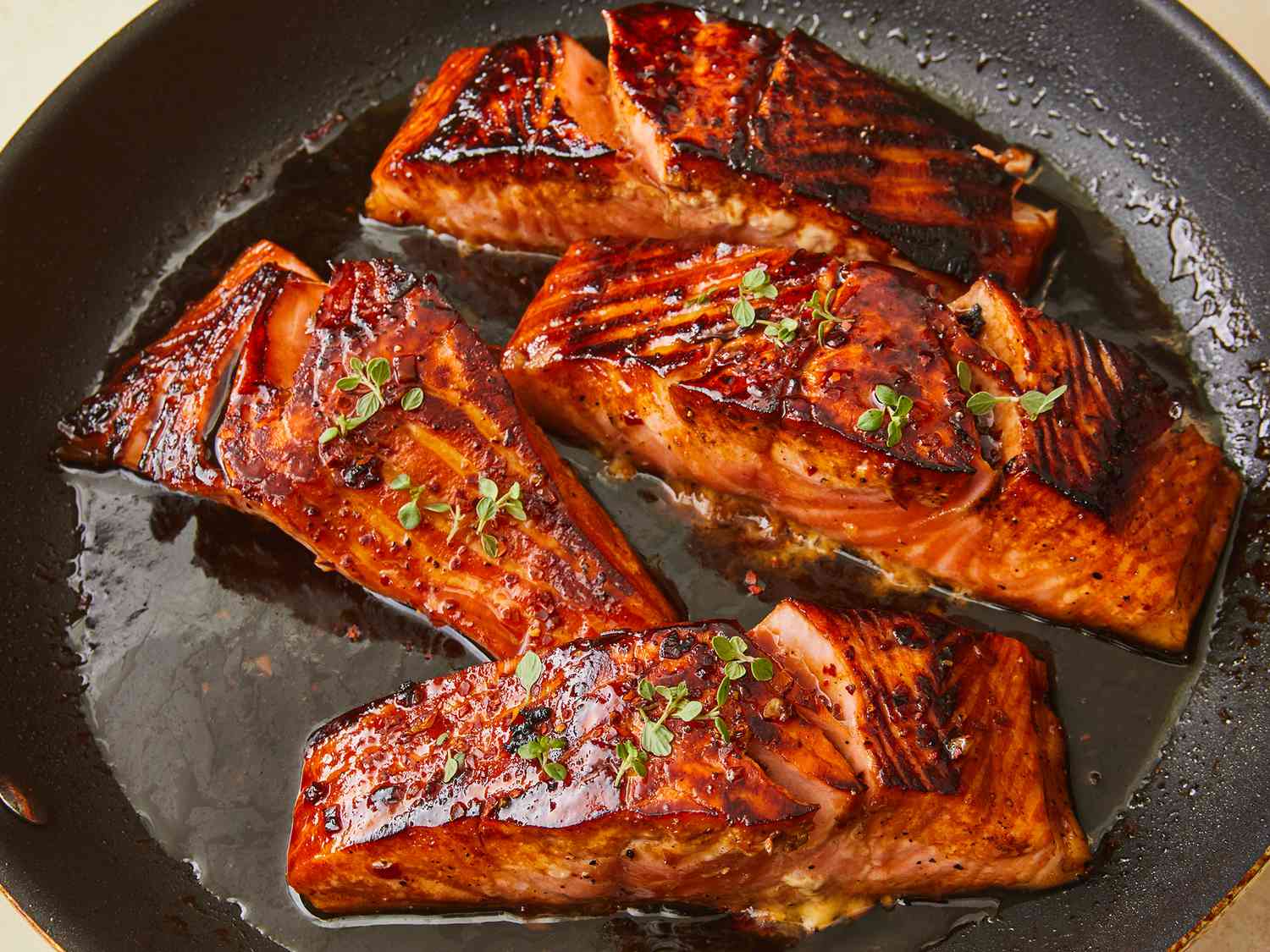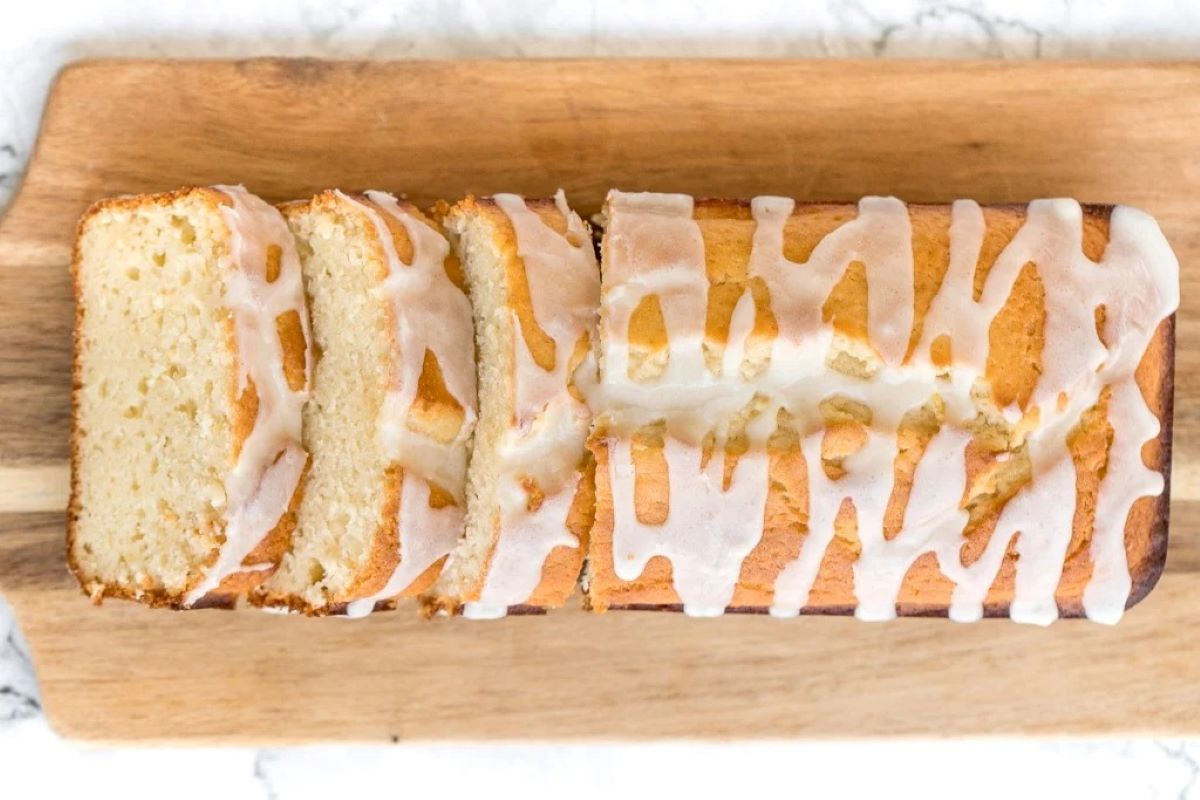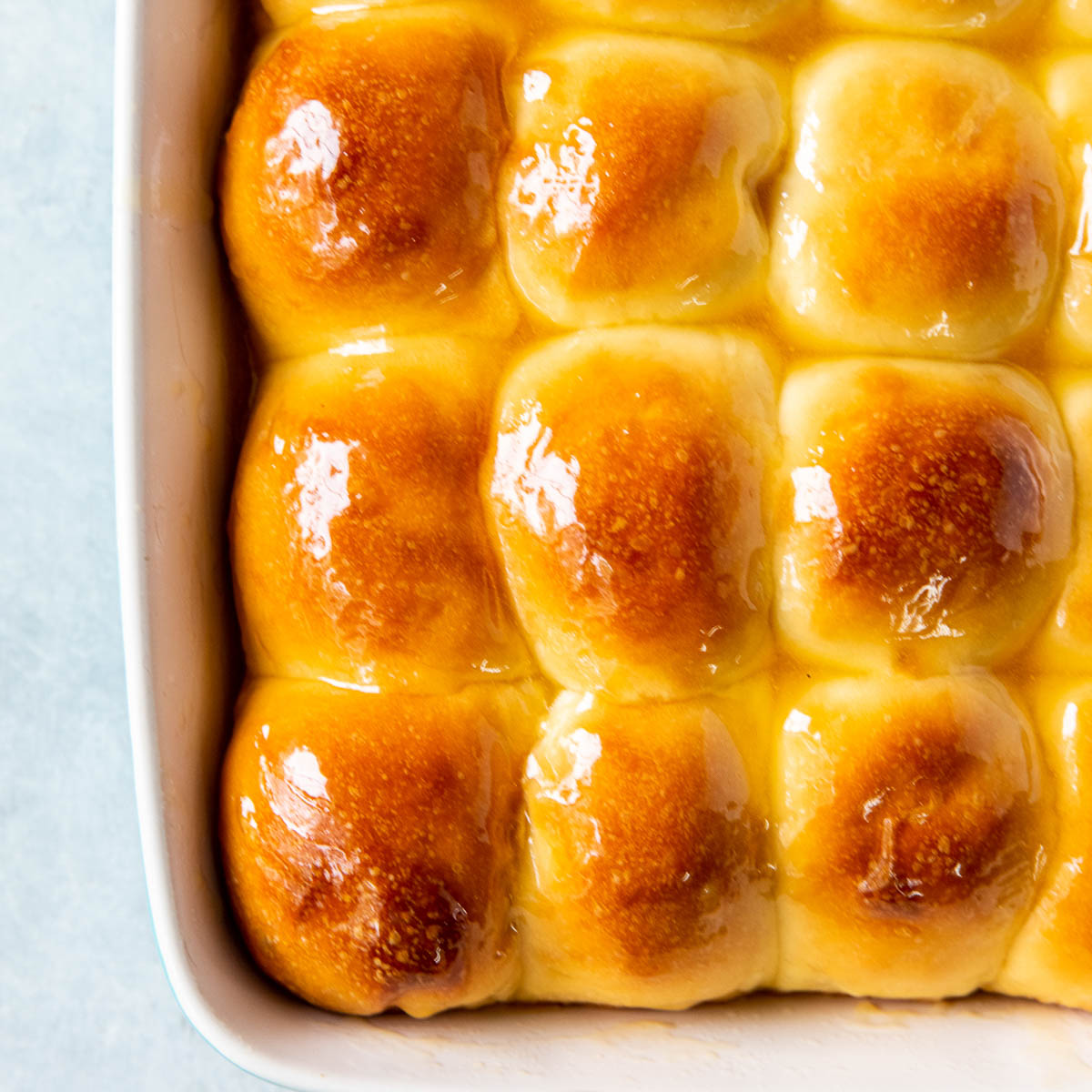Mastering the Art of Pie Glazing
There’s nothing quite like a perfectly glazed pie top to elevate the appearance and flavor of your favorite dessert. Whether you’re a seasoned baker or just starting out, mastering the art of pie glazing can take your creations to the next level. With the right techniques and a little practice, you can achieve a beautiful, glossy finish that will impress your friends and family.
Choosing the Right Glaze
Before you start glazing your pie, it’s important to choose the right type of glaze for your recipe. There are several options to consider, each offering a unique flavor and appearance:
- Egg Wash: A classic choice for pie glazing, an egg wash creates a shiny, golden-brown finish. To make an egg wash, simply beat an egg with a splash of water or milk.
- Fruit Glaze: If you’re making a fruit pie, a fruit glaze can enhance the natural colors and flavors of the filling. Fruit glazes are typically made with fruit juice, sugar, and cornstarch.
- Sugar Glaze: For a sweet and glossy finish, a sugar glaze can be brushed onto the pie crust before baking or after it has cooled.
Applying the Glaze
Once you’ve chosen the perfect glaze for your pie, it’s time to apply it for a flawless finish:
- Preparation: Before applying the glaze, make sure your pie is fully baked and has cooled slightly. If using an egg wash, be sure to whisk it well to ensure a smooth consistency.
- Brushing: Use a pastry brush to gently apply the glaze to the surface of the pie. Take care to cover the entire top crust evenly for a consistent finish.
- Baking: If your recipe calls for the pie to be baked after glazing, be sure to follow the instructions carefully to achieve the perfect golden-brown color and shine.
Enhancing the Appearance
Once you’ve mastered the basic techniques of pie glazing, there are a few additional tips to enhance the appearance of your pies:
- Multiple Layers: For an extra glossy finish, consider applying multiple layers of glaze, allowing each layer to dry before adding the next.
- Decorative Patterns: Get creative with your glaze application by adding decorative patterns or designs to the pie crust. This can create a stunning visual effect that will impress your guests.
- Finishing Touches: After glazing, consider sprinkling the pie top with sugar, nuts, or spices to add texture and flavor.
Practice Makes Perfect
Like any culinary skill, mastering the art of pie glazing takes practice and patience. Don’t be discouraged if your first attempts aren’t perfect – with time and experience, you’ll develop the expertise to create beautifully glazed pies that are as delightful to look at as they are to eat.
So, the next time you’re baking a pie, take the extra step to perfect your glazing technique. Your efforts will be rewarded with a stunning, professional-looking finish that will impress anyone who lays eyes on your delicious creation.
For those eager to elevate their pie-making skills, the guide offers a range of recipes to practice glazing techniques. They can start with the Classic Apple Pie with Egg Wash Glaze, an essential recipe for mastering the basics. If they prefer a sweeter touch, the Cherry Pie with Sugar Glaze provides a delightful twist. The Peach Cobbler Pie with Fruit Glaze is ideal for those looking to experiment with fresh fruit glazes. Additionally, the Pecan Pie with Maple Syrup Glaze offers a rich, nutty flavor that pairs perfectly with the syrup glaze. These recipes not only teach various glazing methods but also promise delicious results that will impress any crowd.
